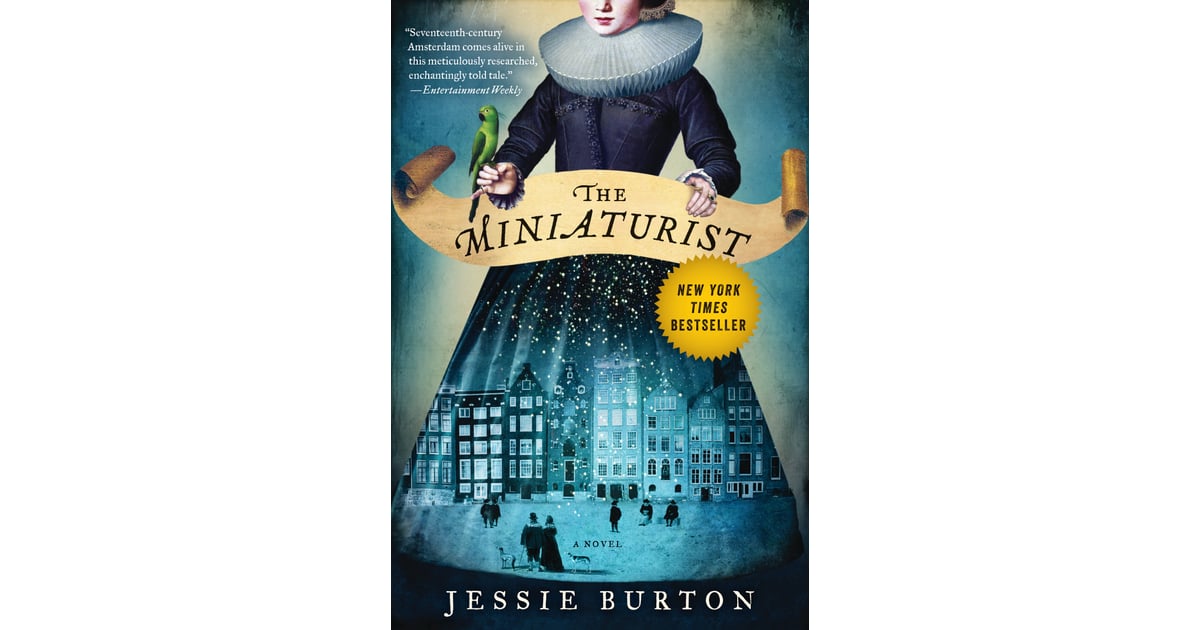
But as time ticks by, surprises and mysteries emerge. The novel moves slowly at first, drawing you into this hazy world. Nella has the opportunity to make something in her new home her own, and she sets about finding a miniaturist to make small items – furniture, dolls, and the like – to fill in her small house. It’s a near-exact replica of their home in Amsterdam. Soon enough, Johannes gifts his bride a miniature house, built into a cabinet. He’s the first black person Nella has ever seen, and unfortunately, he faces much racism in Amsterdam. They employ innocent Cornelia – who will soon become Nella’s closest friend – and Otto, a black man who narrowly missed becoming a slave. While her husband is kind but aloof, his unmarried sister Marin is much more present and severe. New to the city, Nella is overwhelmed by all the differences of her new home and her new life.

Starting in October 1686 in the Netherlands’ capital city, Amsterdam, the novel focuses on young Petronella (Nella), who just married a rich merchant, Johannes Brandt. Following The Glass Woman, set in Iceland in the fall of 1686, The Miniaturist takes place at the exact same time, but a bit further east.

Perfect timing, too, because it fits right in with my reading-through-time challenge. Fast-forward five years, and I finally bought it as a gift for myself.

Its peculiar cover and intriguing title both caught my eye, and it went onto my long list of wanted books. Jessie Burton‘s The Miniaturist is one of those books that was on my radar for a long time before I finally got it.


 0 kommentar(er)
0 kommentar(er)
